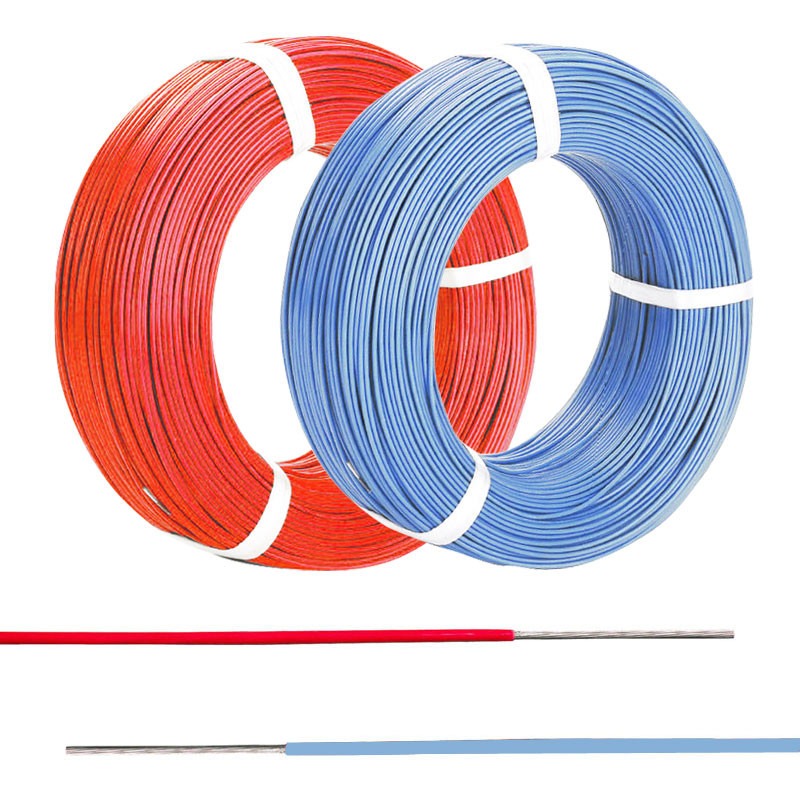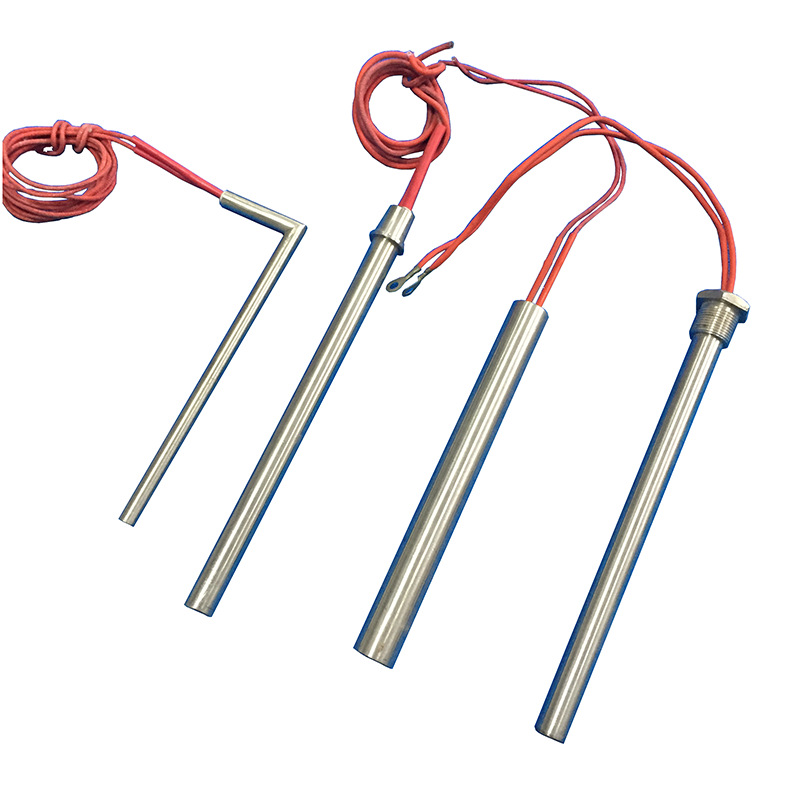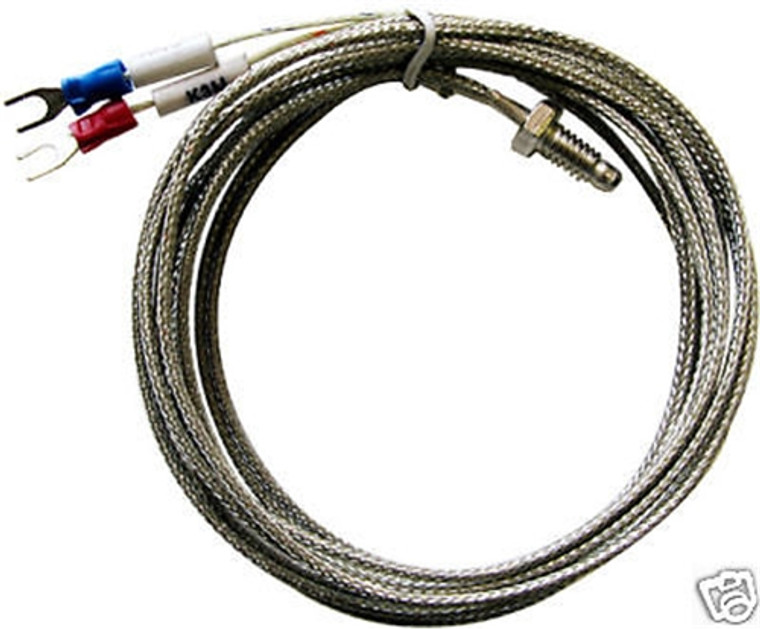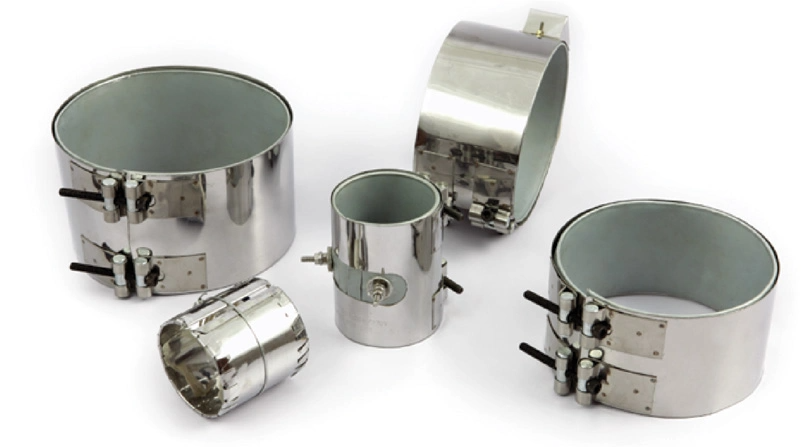In industrial processes, efficient and consistent heating is vital to ensuring product quality, energy efficiency, and smooth operations. However, even the most advanced heating systems encounter challenges that can affect productivity and lead to costly downtimes.
Whether you’re in manufacturing, food processing, chemical production, or any other industry relying on thermal systems, understanding common heating challenges — and knowing how to address them — is key to maintaining operational efficiency.
In this post, we’ll explore the five most common industrial heating challenges and provide practical solutions to help you overcome them.
1. Inconsistent Temperature Control
The Challenge:
One of the most frequent issues in industrial heating systems is temperature fluctuation. Inconsistent temperatures can compromise product quality, especially in processes requiring precise thermal conditions. Factors contributing to this include poor insulation, aging components, and inefficient control systems.
The Solution:
Implement advanced temperature controllers with PID (Proportional-Integral-Derivative) algorithms. These controllers adjust heat output in real-time based on feedback, reducing overshooting and temperature swings. Additionally, regularly calibrate sensors and check insulation to maintain thermal efficiency. Pairing this with robust data logging helps operators spot irregularities early.
2. Energy Inefficiency and High Operating Costs
The Challenge:
Heating processes are among the largest energy consumers in industrial facilities. Inefficient systems lead to excessive energy use and inflated utility bills. This not only affects profitability but also contributes to a higher carbon footprint.
The Solution:
Optimize energy consumption by upgrading to high-efficiency heating elements and integrating automation. Using timers, motion sensors, and programmable logic controllers (PLCs) helps reduce unnecessary heating during downtimes. Additionally, consider energy audits to pinpoint inefficiencies and recover waste heat through heat exchangers or thermal insulation upgrades.
3. Equipment Wear and Short Lifespan
The Challenge:
Industrial heaters often operate under harsh conditions — high temperatures, corrosive environments, and long operating hours. Over time, these conditions degrade the heating elements, reducing their efficiency and increasing the risk of breakdowns.
The Solution:
Use heaters made from durable materials such as Incoloy, stainless steel, or ceramic-coated elements, depending on the application. Schedule preventive maintenance, and monitor performance metrics to detect early signs of wear. Investing in quality components and performing routine inspections can significantly extend equipment life and minimize unexpected failures.
4. Slow Heat-Up Times
The Challenge:
Long heat-up periods can delay production schedules and decrease overall throughput. This often results from underpowered heating elements, poor heat transfer, or system design limitations.
The Solution:
Evaluate the system design to ensure it matches the heating demand. Improving heat transfer surfaces, optimizing element placement, and using faster-response heaters can drastically cut down heat-up time. In certain scenarios, switching to an immersion cartridge heater can improve direct heat transfer and reduce energy waste — especially in liquid heating applications.
5. Control System Failures
The Challenge:
Many industrial heating problems stem from outdated or malfunctioning control systems. When controllers fail, they can either shut down operations or allow heaters to overrun, leading to overheating and equipment damage.
The Solution:
Modernize your control systems with digital interfaces and IoT-enabled sensors that provide real-time data and remote monitoring. Regular software updates, diagnostics, and system redundancy planning ensure that a single point of failure doesn’t cripple your operation. With smart control integration, businesses gain both safety and efficiency.
Bonus Tips to Enhance Heating System Performance
While solving specific challenges is essential, taking a holistic approach can elevate your heating system’s overall performance. Here are some bonus tips:
-
Use Predictive Maintenance Tools: Technologies like vibration analysis, thermography, and smart sensors help anticipate failures before they occur.
-
Monitor Energy Use: Real-time energy monitoring platforms allow facilities to make data-driven decisions, cutting down on waste.
-
Train Your Staff: Well-trained technicians can identify minor issues before they turn into major disruptions. Invest in regular training and certifications.
-
Conduct Seasonal System Reviews: Temperature and humidity variations can affect performance. A quarterly or seasonal review can help adjust settings and catch problems early.
Final Thoughts
Industrial heating systems are the backbone of countless operations. Addressing common challenges like inconsistent temperatures, energy waste, equipment degradation, and slow responsiveness can lead to significant performance and cost benefits. With the right combination of technology upgrades, preventive maintenance, and smart system design, you can enhance reliability and boost productivity.
By identifying and solving these challenges proactively, industries not only avoid unplanned downtimes but also future-proof their operations in an increasingly energy-conscious market.
Remember, each heating application is unique. Whether you’re managing a large manufacturing plant or a specialized chemical processing unit, choosing the right components — such as an immersion cartridge heater for targeted, efficient heat delivery — can make all the difference.














